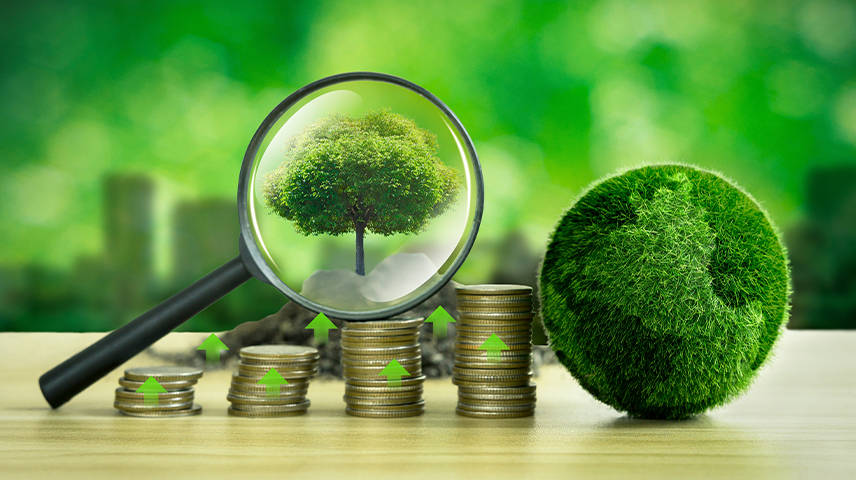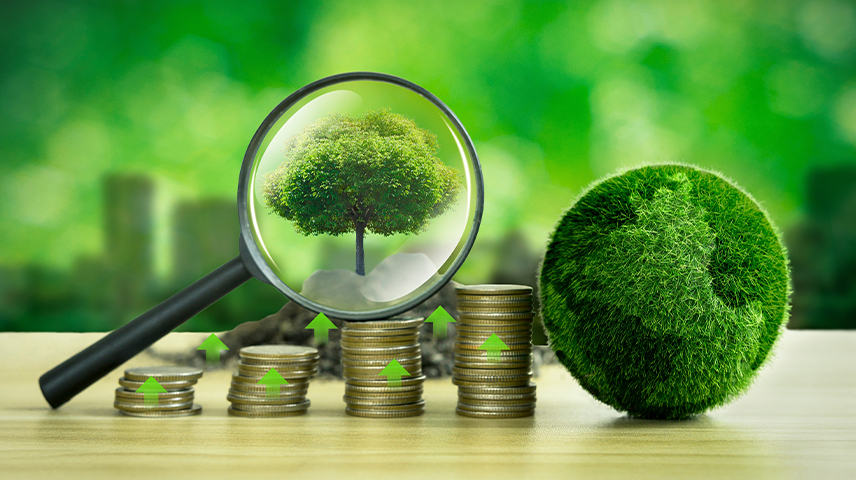In recent years, the UAE has emerged as a global leader in sustainability, with ambitious goals to achieve net-zero carbon emissions by 2050. Central to this vision is the role of the financial sector, particularly green banking initiatives. Banks in the UAE are adopting sustainable practices and financing projects that promote environmental conservation and combat climate change.
What is Green Banking?
Green banking refers to the adoption of environmentally sustainable practices by financial institutions. These include offering loans for green projects, investing in renewable energy, and encouraging sustainable business practices among clients. The goal is to reduce the carbon footprint of financial activities and support the transition to a low-carbon economy. for more about Banking solution we can help you at Mach X BM

Key Green Banking Initiatives in the UAE
1. Green Financing
Several banks in the UAE offer green financing solutions to support renewable energy, sustainable infrastructure, and energy-efficient projects. These include:
- First Abu Dhabi Bank (FAB): FAB has issued multiple green bonds to fund projects in renewable energy, water management, and sustainable transportation.
- Emirates NBD: The bank has introduced green loans specifically for businesses adopting energy-efficient technologies.
2. Sustainable Investments
Banks are increasingly channeling investments into sectors that align with the UAE’s sustainability goals. The focus is on funding renewable energy projects, such as solar and wind power, as well as promoting green real estate developments that meet energy efficiency standards.
3. Eco-Friendly Banking Practices
UAE banks are also taking internal measures to reduce their environmental impact. These include adopting paperless processes, promoting digital banking services, and reducing energy consumption in their offices and branches.
The Role of Regulation and Policy
The UAE government plays a crucial role in encouraging green banking through regulatory frameworks and incentives. Key initiatives include:
- UAE Green Agenda 2030: This framework outlines the country’s sustainable development goals and encourages financial institutions to align their operations with these objectives.
- Central Bank of the UAE: The Central Bank provides guidelines on sustainable finance and encourages banks to integrate Environmental, Social, and Governance (ESG) principles into their strategies.

Benefits of Green Banking
1. Environmental Impact
Green banking helps mitigate climate change by funding projects that reduce greenhouse gas emissions. Investments in renewable energy and sustainable infrastructure contribute to a cleaner environment and a more sustainable economy.
2. Economic Growth
By supporting green projects, banks contribute to job creation in sectors like renewable energy, sustainable agriculture, and eco-friendly manufacturing. This drives economic growth while ensuring environmental sustainability.
3. Enhanced Reputation
Banks that adopt green practices improve their reputation among environmentally conscious customers and investors. This can lead to increased customer loyalty and a competitive edge in the market.
Challenges in Implementing Green Banking
Despite its benefits, green banking faces several challenges in the UAE, including:
- High Initial Costs: Green projects often require significant upfront investment, which can be a barrier for businesses and individuals.
- Lack of Awareness: Many customers and businesses are unaware of green financing options and the benefits of sustainable practices.
- Regulatory and Operational Risks: Banks must navigate complex regulations and ensure that green initiatives are financially viable.
Future Outlook
The future of green banking in the UAE looks promising, driven by government initiatives and growing demand for sustainable finance. Key trends to watch include:
- Increased Adoption of ESG Principles: More banks are expected to integrate ESG criteria into their lending and investment decisions.
- Expansion of Green Products: Banks will likely offer a wider range of green financial products, including green mortgages, sustainability-linked loans, and green insurance.
- Collaboration and Innovation: Partnerships between banks, government agencies, and businesses will drive innovation in sustainable finance and create new opportunities for growth.
Conclusion
Green banking is an essential pillar of the UAE’s sustainability agenda, playing a critical role in financing the transition to a low-carbon economy. By adopting green practices, banks not only contribute to environmental conservation but also unlock new opportunities for economic growth and innovation. As the UAE continues to lead in sustainability, green banking will remain a key driver of its sustainable development goals. for more


